A Mesmerizing Model Of Monster Black Holes
A Mesmerizing Model of Monster Black Holes
Just about every galaxy the size of our Milky Way (or bigger) has a supermassive black hole at its center. These objects are ginormous — hundreds of thousands to billions of times the mass of the Sun! Now, we know galaxies merge from time to time, so it follows that some of their black holes should combine too. But we haven’t seen a collision like that yet, and we don’t know exactly what it would look like.

A new simulation created on the Blue Waters supercomputer — which can do 13 quadrillion calculations per second, 3 million times faster than the average laptop — is helping scientists understand what kind of light would be produced by the gas around these systems as they spiral toward a merger.
The new simulation shows most of the light produced around these two black holes is UV or X-ray light. We can’t see those wavelengths with our own eyes, but many telescopes can. Models like this could tell the scientists what to look for.
You may have spotted the blank circular region between the two black holes. No, that’s not a third black hole. It’s a spot that wasn’t modeled in this version of the simulation. Future models will include the glowing gas passing between the black holes in that region, but the researchers need more processing power. The current version already required 46 days!

The supermassive black holes have some pretty nifty effects on the light created by the gas in the system. If you view the simulation from the side, you can see that their gravity bends light like a lens. When the black holes are lined up, you even get a double lens!
But what would the view be like from between two black holes? In the 360-degree video above, the system’s gas has been removed and the Gaia star catalog has been added to the background. If you watch the video in the YouTube app on your phone, you can moved the screen around to explore this extreme vista. Learn more about the new simulation here.
Make sure to follow us on Tumblr for your regular dose of space: http://nasa.tumblr.com.
More Posts from Monstrous-mind and Others
😻⛄❄🌨



🎃🎃🎃🎃🌄🍁🍂
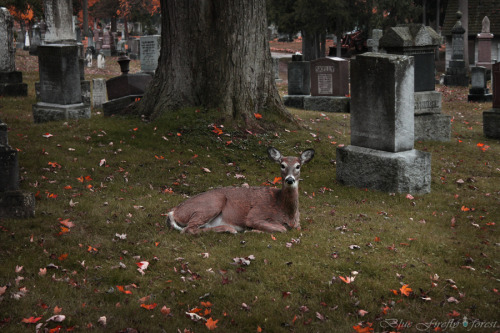


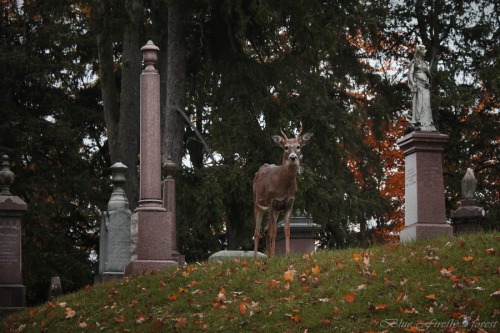
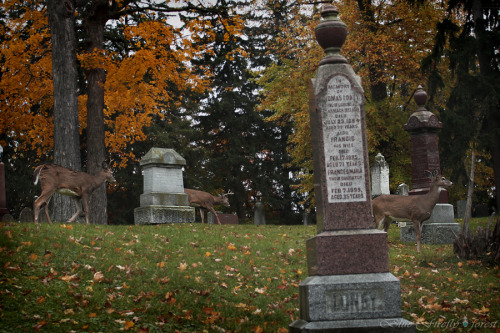
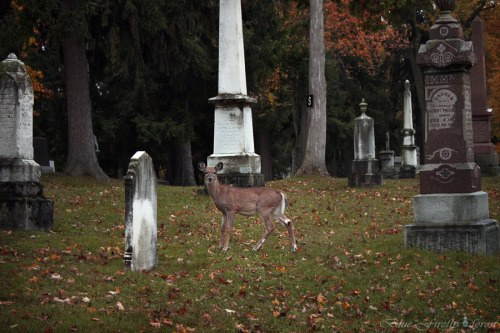

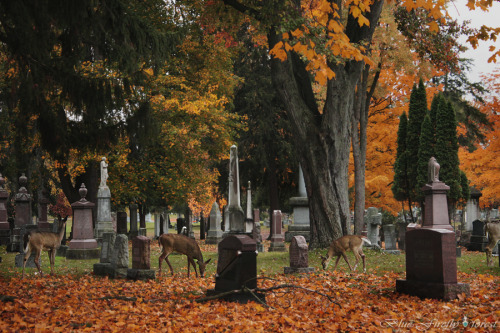


NASA’s TESS Mission Hopes to Find Exoplanets Beyond Our Solar System : The worlds orbiting other stars are called “exoplanets,” and they come in a wide variety of sizes, from gas giants larger than Jupiter to small, rocky planets about as big around as Earth or Mars. This rocky super-Earth is an illustration of the type of planets future telescopes, like NASA’s TESS, hope to find outside our solar system. (via NASA)
🐈🍁🍂🐾

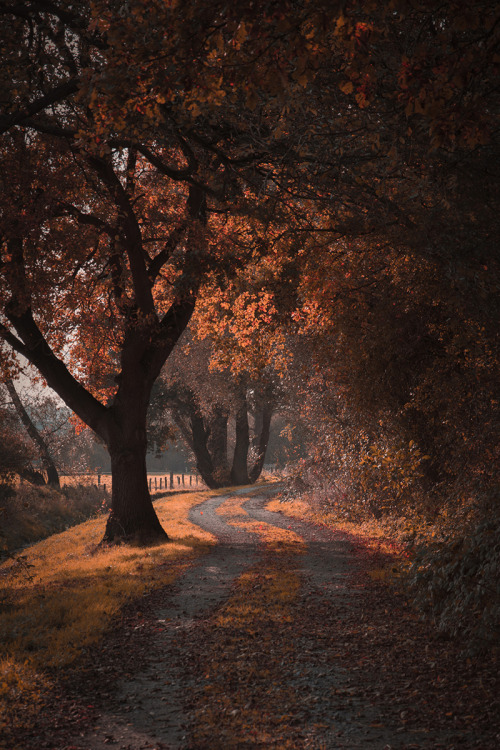
Back to the Autumn | Alex Kaßner

Puraten10 on Instagram
🦡🦨🦕🦖🦴

Research alert! Two new fossils of a mouse-sized animal from the age of dinosaurs indicate that early mammals grew more slowly and lived longer than their modern descendants—rewriting our understanding of the lives of the very earliest mammals. An international study led by researchers at National Museums Scotland and published today in the journal Nature, compares two Krusatodon kirtlingtonensis fossils discovered decades apart in Scotland’s Isle of Skye. One of the fossils, the only juvenile Jurassic mammal skeleton known to science, was discovered in 2016 by Roger Benson, the Museum’s Macaulay Curator in the Division of Paleontology, and colleagues.
“These fossils are among the most complete mammals from this time period in the world,” said Elsa Panciroli, the lead author of the study and an associate researcher of paleobiology at National Museums Scotland.
Learn how these small animals give us unprecedented insights into the lives of early mammals.
Image: © Maija Karala
-
 bobby76love reblogged this · 2 years ago
bobby76love reblogged this · 2 years ago -
 the-world-and-space reblogged this · 3 years ago
the-world-and-space reblogged this · 3 years ago -
 jujusfaria-blog liked this · 3 years ago
jujusfaria-blog liked this · 3 years ago -
 hypoallergenicpunx liked this · 4 years ago
hypoallergenicpunx liked this · 4 years ago -
 somewhatoften liked this · 4 years ago
somewhatoften liked this · 4 years ago -
 cassioppea liked this · 4 years ago
cassioppea liked this · 4 years ago -
 grayi-diphylleia liked this · 4 years ago
grayi-diphylleia liked this · 4 years ago -
 aaronwatershow reblogged this · 4 years ago
aaronwatershow reblogged this · 4 years ago -
 dark-fantasy-illustration liked this · 4 years ago
dark-fantasy-illustration liked this · 4 years ago -
 mu-si-ca-l liked this · 4 years ago
mu-si-ca-l liked this · 4 years ago -
 vivaz23 liked this · 4 years ago
vivaz23 liked this · 4 years ago -
 1bottleofwhiskey liked this · 4 years ago
1bottleofwhiskey liked this · 4 years ago
My ambition is handicapped by laziness. -C. Bukowski Me gustan las personas desesperadas con mentes rotas y destinos rotos. Están llenos de sorpresas y explosiones. -C. Bukowski. I love cats. Born in the early 80's, raised in the 90's. I like Nature, Autumn, books, landscapes, cold days, cloudy Windy days, space, Science, Paleontology, Biology, Astronomy, History, Social Sciences, Drawing, spending the night watching at the stars, Rick & Morty. I'm a lazy ass.
222 posts